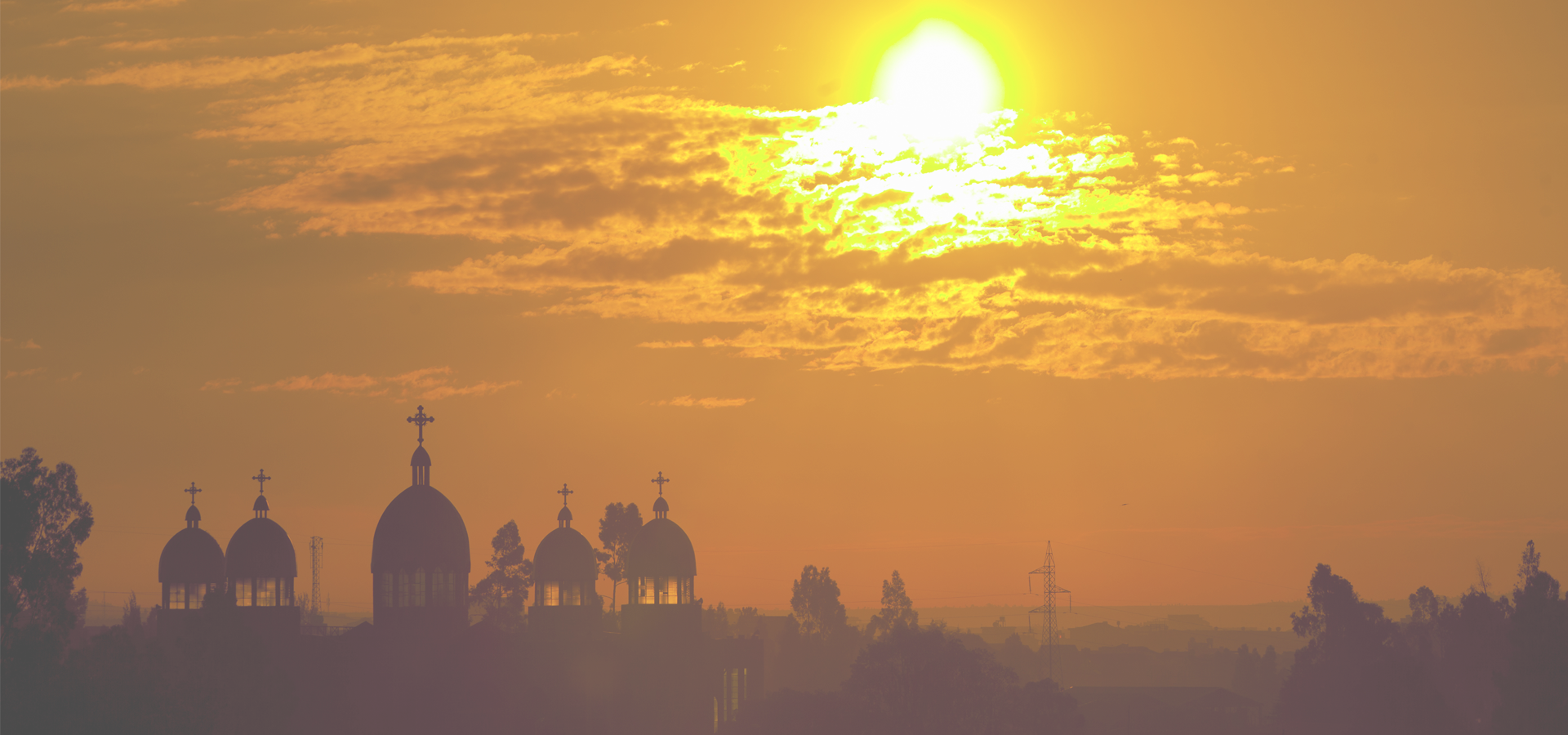Jimma, Oromia Region, Ethiopia
🇪🇹 imma (Oromo: Jimmaa) is the largest city in south-western Oromia Region, Ethiopia. It is a special zone of the Oromia Region and is surrounded by Jimma Zone. Prior to the 2007 census, Jimma was reorganized administratively as a special Zone.
History What is now Jimma's northern suburb of Jiren was the capital of a large Kaffa province until the Oromos moved to the region in the 18th century. Originally named Hirmata before the Oromo invasion. The city owed its importance in the 19th century to being located on the caravan route between Shewa and the Kingdom of Kaffa, as well as being only six miles from the palace of the king of Jimma.
According to Donald Levine, in the early 19th century the market attracted thousands of people from neighboring regions: "Amhara from Gojjam and Shoa, Oromo from all the Gibe Kingdoms and numerous representatives of the Lacustrine and Omotic groups, including Timbaro, Qabena, Kefa, Janjero, Welamo, Konta and several others".
At the very beginning of the 20th century, the German explorer Oscar Neumann visited Jimma on his journey from the Somali coast through Ethiopia to the Sudan. As he observed, “Jimma is almost the richest land of Abyssinia; the inhabitants are pure, well-built Galla; they are nearly all Mohammedans, as is their king, Abba Jifar, a very clever man, who submitted to Menelik at the right time and, therefore, retained his country”
The present town was developed on the Awetu River by the Italian colonial regime in the 1930s. At that time, with the goal of weakening the native Ethiopian Church, the Italians intended to make Jimma an important centre of Islamic learning, and founded an academy to teach fiqh. In the East African fighting of World War II after their main force was defeated, the Italian garrison at Jimma was one of the last to surrender, holding out til July 1941.
Following the death of Abba Jifar II of Jimma in 1932, the Kingdom of Jimma was formally absorbed into Ethiopia. During the reorganization of the provinces in 1942, Jimma vanished into Kaffa Province". Herbert S. Lewis states that in the early 1960s it was "the greatest market in all of south-western Ethiopia. On a good day in the dry season it attracts up to thirty thousand people. Jimma was the scene of a violent encounter which started in April 1975 between radical college students (known as zemacha) sent to organize local peasants, who had benefited from land reform, and local police, who had sided with local landowners. Students and peasant followers had imprisoned local small landowners, rich peasants and members of the local police force; this action led to further unrest, causing the Derg (the ruling junta) to send a special delegation to Jimma, which sided with the local police. In the end, 24 students were killed, more arrested, and the local zemacha camps closed.
Days before the end of the Ethiopian Civil War in May 1991, the city was captured by the Ethiopian People's Revolutionary Democratic Front.
On 13 December 2006, the Ethiopian government announced that it had secured a loan of US$98 million from the African Development Bank to pave the 227 km of highway between Jimma and Mizan Teferi to the southwest. The loan would cover 64% of the 1270.97 million Birr budgeted for this project.
Points of interest A few buildings have survived from the time of the Jimma Kingdom, including the Palace of Abba Jifar. The city is home to a museum, Jimma University, several markets, and an airport (ICAO code HAJM, IATA JIM). Also of note is the Jimma Research Center, founded in 1968, which is run by the Ethiopian Institute of Agricultural Research. The Center specializes in agricultural research, including serving as the national centre for research to improve the yield of coffee and spices.
Sport Football is the most popular sport in Jimma. The 50,000-capacity Jimma University Stadium is the largest venue by capacity in Jimma. It is used mostly for football matches.
Transport Jimma is served by Aba Jifar (Jimma) Airport. The airport completed a renovation in 2015 in order to accommodate larger aircraft and more passengers.
Within the city limits people take bajajs (similar to “tuktuks”) or “line taxis” that are converted mini vans.
Africa/Addis_Ababa/Oromiya_Region

Jimma has a population of over 207,000 people. Jimma also forms the centre of the wider Jimma Zone which has a population of over 3,486,155 people.
To set up a UBI Lab for Jimma see: https://www.ubilabnetwork.org Twitter: https://twitter.com/UBILabNetwork
🇱🇰 Batticaloa 7.708
🇧🇯 Dassa-Zoumé 7.75
🇻🇪 San Cristóbal 7.776
🇻🇪 San Fernando de Apure 7.893
🇵🇭 Nabunturan 7.601
Locations Near: Jimma 36.8333,7.66667
🇪🇹 Hosaina 37.85,7.55 d: 112.8
🇪🇹 Hosaena 37.85,7.55 d: 112.8
🇪🇹 Hossana 37.85,7.55 d: 112.8
🇪🇹 Waliso 37.967,8.533 d: 157.7
🇪🇹 Halaba Kulito 38.25,7.417 d: 158.6
Antipodal to: Jimma -143.167,-7.667
🇵🇫 Papeete -149.566,-17.537 d: 18716.8
🇦🇸 Pago Pago -170.701,-14.279 d: 16923.6
🇼🇸 Apia -171.76,-13.833 d: 16819.9
🇺🇸 Hilo -155.089,19.725 d: 16701.4
🇺🇸 Maui -156.446,20.72 d: 16541
🇺🇸 Kahului -156.466,20.891 d: 16523
🇺🇸 Wailuku -156.505,20.894 d: 16521
🇺🇸 Maui County -156.617,20.868 d: 16518.4
🇺🇸 Honolulu -157.85,21.3 d: 16417.3
🇺🇸 Pearl City -157.969,21.394 d: 16402.3